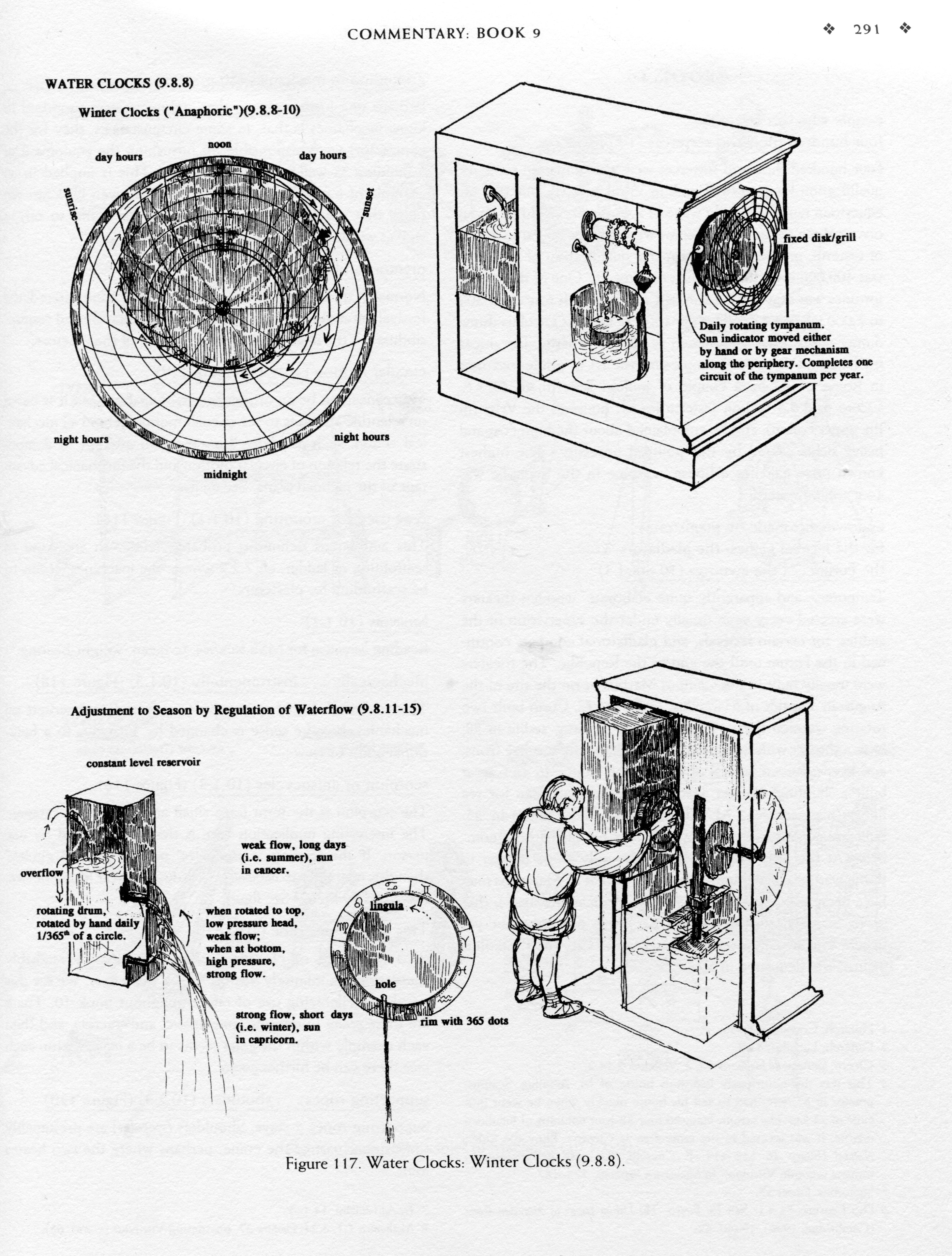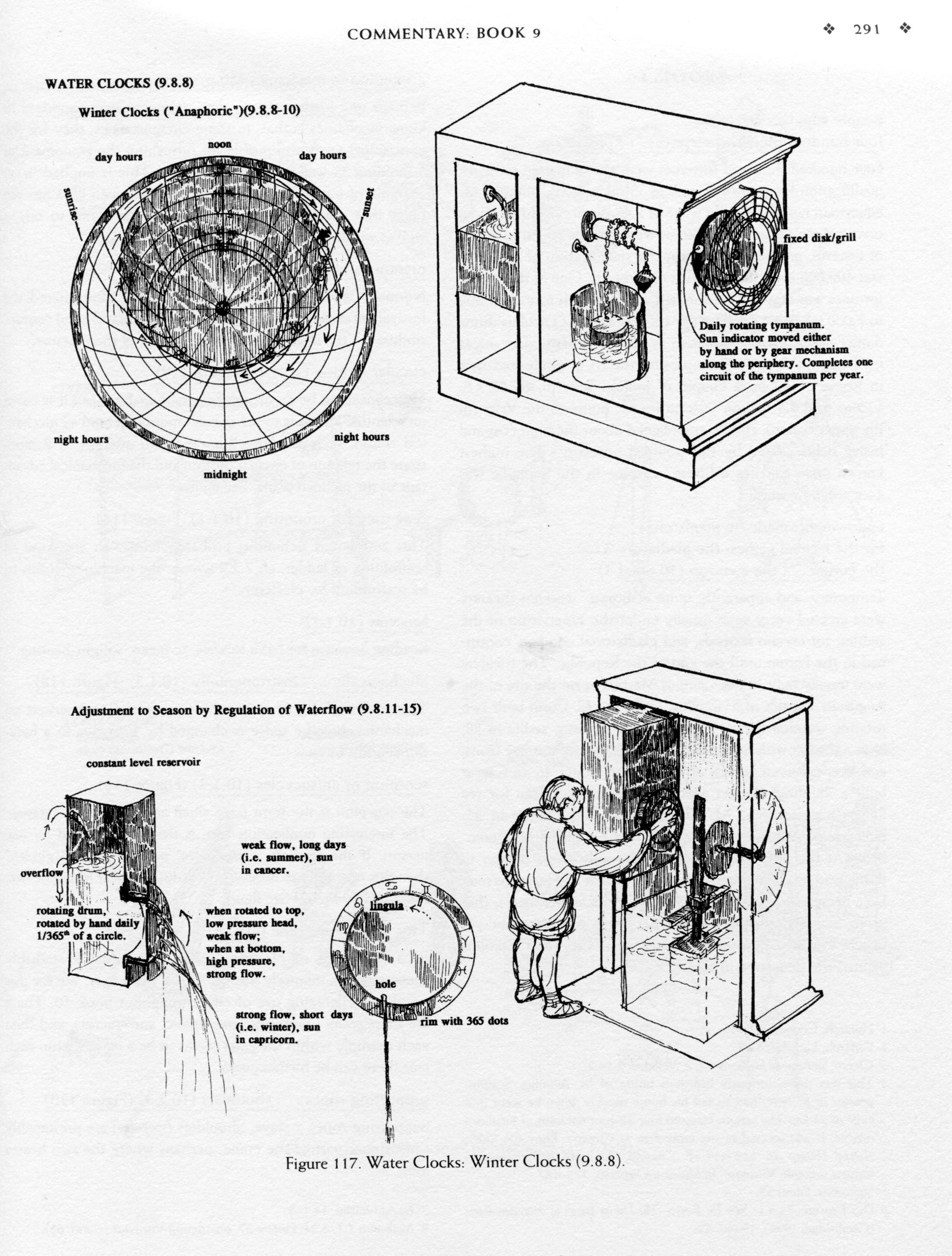
In 1618, Johannes Kepler achieved a significant advancement in the fields of astronomy and physics by articulating his third law of planetary motion, which initially went unnoticed. This law dramatically altered humanity’s comprehension of the solar system and is remarkable for demonstrating that the square of a planet’s orbital period is directly proportional to the cube of the semi-major axis of its orbit. Kepler’s law offered a mathematical link that laid the groundwork for the subsequent evolution of celestial mechanics.
Kepler drew inspiration from the contributions of Tycho Brahe and William Gilbert, leading him to hypothesize that a force originating from the Sun influenced planetary movement. His third law created a specific mathematical correlation between the orbits of the planets and their distances from the Sun. However, Kepler included this revelation within his intricate work “Harmonices Mundi,” which concentrated on cosmic harmony instead of rigid scientific tenets. As a result, his revolutionary law was not promptly acknowledged.
In Kepler’s era, the absence of a clear understanding of force and a recognized scientific framework obstructed the appreciation of the importance of his third law. Furthermore, many astronomers of his time prioritized practical issues, like computing planetary tables for navigation and surveying, over theoretical ideas. It wasn’t until the publication of Isaac Newton’s “Principia” in 1687 that the true significance of Kepler’s third law became evident, as it transformed into a crucial aspect of his law of universal gravitation.
Despite being initially overlooked, the impact of Kepler’s third law expanded over time, proving essential for grasping planetary motion and the forces that govern celestial entities. While Kepler’s peers were frequently more engaged with peculiar elements of astronomy, his third law ultimately established itself as a fundamental principle of contemporary astronomy and physics.
